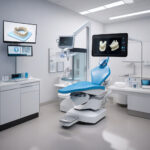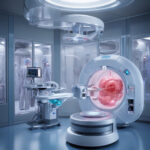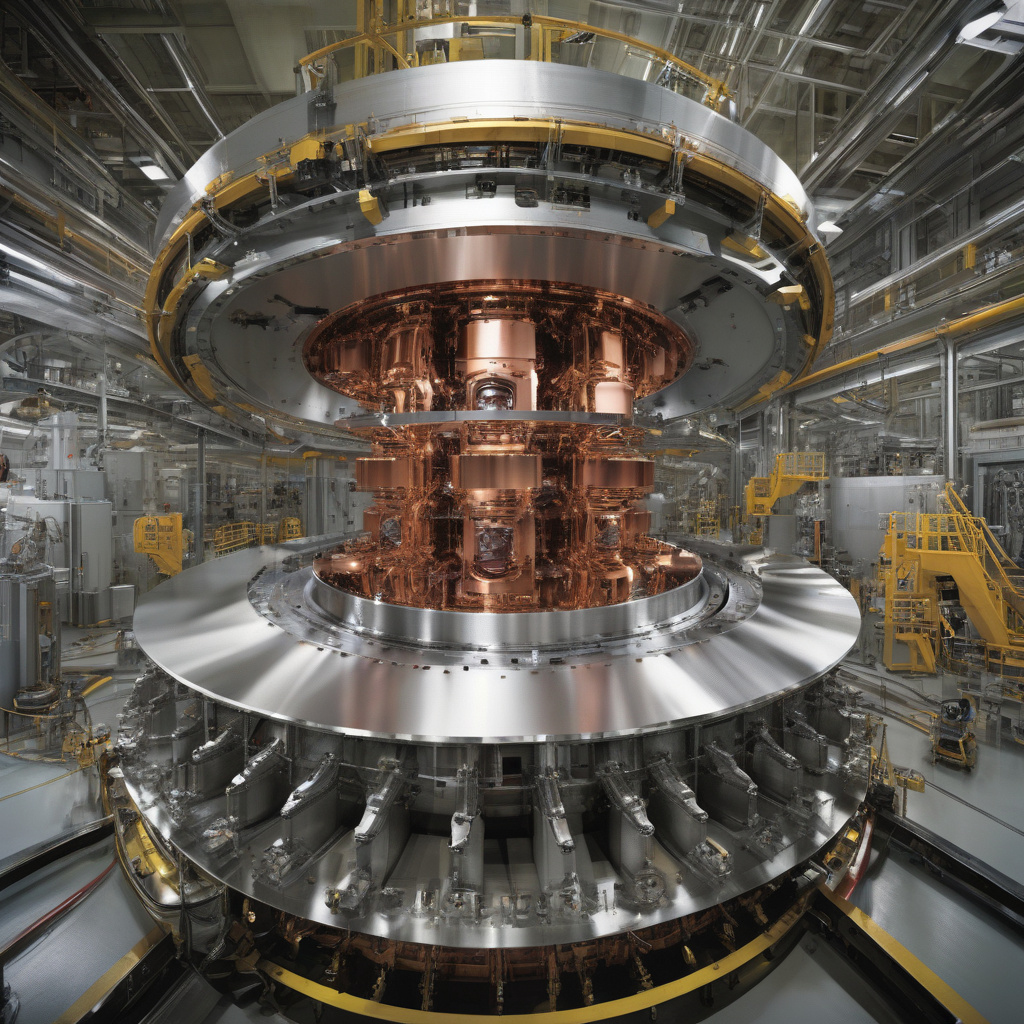Weld Flaw Fix Powers Nuclear Fusion Leap to Beat Metal Stress at Scorching 1,022°F
Engineers at the University of Surrey have developed a novel way to see how crucial flaws in welds can be fixed to pave the way for advancements in nuclear fusion technology. The innovation comes at a time when the quest for clean and sustainable energy sources is more critical than ever. With the demand for energy on the rise and environmental concerns looming large, nuclear fusion presents itself as a promising solution. However, the process has been plagued by challenges, particularly in dealing with weld flaws that can occur at high temperatures.
Nuclear fusion, the process that powers the sun and stars, holds immense potential as a virtually limitless and clean energy source. By replicating the fusion reactions that occur in the sun here on Earth, scientists aim to harness this energy to generate electricity without the harmful by-products associated with traditional nuclear fission. However, achieving and maintaining the extreme conditions required for nuclear fusion is no easy feat.
One of the key challenges in nuclear fusion research has been ensuring the integrity of the materials used in fusion reactors. These materials must withstand high temperatures, intense radiation, and corrosive environments. Welds, in particular, are vulnerable points where defects can form, compromising the overall structural integrity of the reactor. To address this issue, the team at the University of Surrey has developed a groundbreaking technique that allows them to identify and repair weld flaws at temperatures as high as 1,022°F.
The novel approach involves using advanced imaging technology to detect flaws in welds with unprecedented accuracy. By pinpointing the exact location and nature of the defects, engineers can then apply a specialized repair process that restores the weld to its original strength. This breakthrough not only ensures the reliability and safety of nuclear fusion reactors but also opens up new possibilities for pushing the boundaries of temperature resistance in materials science.
By overcoming the limitations posed by weld flaws, researchers are inching closer to realizing the full potential of nuclear fusion as a viable energy source. The ability to operate fusion reactors at higher temperatures without compromising safety or efficiency could revolutionize the energy sector and pave the way for a more sustainable future. With the global demand for clean energy solutions growing, innovations like the one developed at the University of Surrey are poised to play a pivotal role in shaping the energy landscape of tomorrow.
In conclusion, the advancement in weld flaw detection and repair techniques represents a significant leap forward in the field of nuclear fusion research. By addressing one of the major hurdles in achieving reliable and efficient fusion reactors, engineers are driving progress towards a cleaner and more sustainable energy future. As the world continues to seek alternative energy sources to combat climate change, innovations like this offer hope for a brighter and greener tomorrow.
nuclear fusion, clean energy, weld flaw fix, materials science, sustainability












